
Interview: Horror Author C.M. Saunders
An author who considers the need to write as being a “bug” is surely one who interests us. From taking eight years to write his first work to turning out many short pieces and collections since, he’s becoming well versed in the craft. He understands how writing is an act of lifelong learning and the cherry on top is that he writes horror. Follow along to learn more about Horror Author C.M. Saunders.
With all the creative outlets available to you, why write?
I wish I knew the answer to this question. I’ve been writing since I was a kid. It’s just something I’ve always done. Over the years I’ve gotten better at it, although I’m sure some would disagree with that statement. Now I am in the privileged position to be able to make a living doing what I love. Most of the time.
Why Horror?
I’ve always been a horror buff. I remember skipping school and watching video nasties with my friends instead. Sneaking into my sister’s bedroom to pour over her paperback collection was pretty common too. I think both her and I got the bug from our granddad. The ‘M’ in my fiction writing name is used to pay tribute to him.
I think horror is more visceral and immediate than most genres, and appeals to people’s basic instincts. I could watch a drama or a comedy and most of the little nuances might go over my head. Nothing keeps my attention and I find my mind drifting. But good horror, whether in film or the written word, will kick you right in the nuts.
*We couldn’t agree more about the nut kick. Just sayin’.*
Tell us about your writing process.
I do a lot of different kinds of writing, and the process is slightly different for all of them. You can approach a non-fiction article or profile in a much more structured and scientific fashion, building it piece by piece, while fiction is a lot more organic.
I’m definitely a “pantser”. I firmly believe that if you start of with an outline and try to hard to stick within the parameters you set, you limit your own creativity. In short, I love the act of starting with nothing but a blank page, and creating something from scratch that can hopefully provide some entertainment.
Which piece are you most proud of, and why?
My first book will always be special. It is called Into the Dragon’s Lair and it was put out by a small Welsh publishing house called Gwasg Carreg Gwalch. I was working full-time in a packing factory when I wrote it, and from start to finish it took over eight years. It opened a lot of doors for me.

More recently, I published a historical novel called Sker House, which is based on an actual location and includes a ton of associated legends and folklore. That’s my biggest seller. It just seems to resonate with people. There have been a couple of short stories that are especially meaningful to me for various reasons, top of the list being a story I wrote for Crimson Streets called Dead Man Walking.
And perhaps a story called Jessica, which first appeared in Liquid Imagination, and is now included in my new collection, X4. Jessica is my first love story. But obviously, it’s a love story with a difference.
List some of your favorite writers and tell how their work influences yours.
I wish I could be more original, but throughout my career my biggest influence has been Stephen King. His characterization is second to none. I’ve been reading his books since I was a kid, and the only books I haven’t read is the Dark Tower series. I’m keeping that for when I retire! Other than King, I love vintage Dean Koontz, Graham Masterton, James Herbert and Richard Laymon, and I greatly admire Chuck Palahniuk’s minimalist style. More recent favourite reads include Amy Cross, Joe Hill, Josh Malerman and Jason Arnopp. Outside of writing, I’m a huge Bruce Springsteen fan.
Where can we find your work?
This year I have several stories coming out through various outlets, including one called Demon Tree, about a man who has a strange encounter whilst lost in the woods, which will be appearing soon right here on Haunted MTL.
I put out a series of collections, gathering together my short fiction which has been published before in magazines or anthologies after the rights have reverted back to me. Number four just came out.

About X4
The fourth volume of short stories by C.M. Saunders features ten slices of horror and dark fiction taken from the pages of Liquid Imagination, Feverish Fiction, The Horror Tree and several anthologies including Terrors Unimagined and Monsters Among Us. Also includes extensive notes and original artwork by Greg Chapman.
Meet the old man with a dark secret under attack from ghosts, the city worker who comes face-to-face with himself, the teenager who learns that love really can conquer all, the commuter who takes a train into the past, and many more.
It’s already picking up some decent reviews. I think I am constantly evolving and improving as a writer. I’m, very much a work in progress! Feel free to get in touch with me in any of the following ways:
- Twitter @CMSaunders01
- Facebook @CMSaunders01
- Website
What do you think of our interview? Who should we interview next? Check out some of our other interviews with Horror Artist John Clayton, or Horror Comic Author Jesse James Baer. Drop us a hint in the comments below or find us at the following places:
- Facebook @Parzz1val
- Twitter @HauntedMTL or @Parzz1V
- Email @ parzz1val@yahoo.com
Interviews
T+E Channel’s My Haunted Hometown: Small Town with Big Secrets
My Haunted Hometown interview – Barb Dexter
To start off check out our exclusive interview with Barb Dexter from My Haunted Hometown! Prepare for spine-tingling tales as Barb Dexter unveils her shocking personal ghost encounters on T+E Channel’s gripping paranormal series, “My Haunted Hometown”. Don’t miss exclusive behind-the-scenes insights and emotional revelations that will leave you questioning reality. Premieres Friday, September 6th at 10 PM ET/PT.
Click the trailer for My Haunted Hometown and set your clocks for the premiere 6 Sept!
Want to know more about T+E Channel’s My Haunted Hometown?? Check out the trailer below (and make sure you watch the show as it airs Friday 6 September, 10PM PT/ET only on T+E!
If you ever wondered what it was like to be in a town with a dark history–and live in a forever home that might be forever occupied by spirit energy, then you need to check this episode out!
Why T+E Channel’s My Haunted Hometown hits
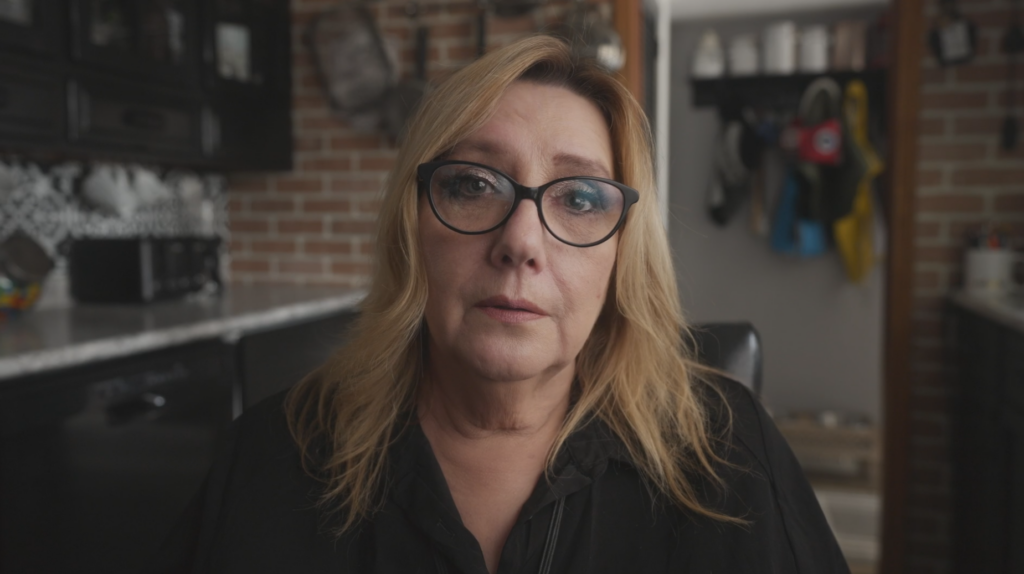
The production value works. The camera. The crew. The sound. The editing. The PR team. These are all great assets–and the best asset of them all? The people in the show.
We have all seen shows where the ghost story is made up. It’s usually some quick cash grab for a celeb (although there were some great truly well done celeb ghost stories, too!) or just some channel/content filler type thing. This is not that….this is what every ghost show should be.
The crew sits down. The people are taken seriously. They are giving a channel to voice their story and by sharing their story, they get to grow and sometimes heal from the telling. We draw strength in knowing we are not alone.
When the episode starts, your emotions range from being afraid for the people to being all warm and fuzzy with knowing that these people are opening themselves up to you and you are not alone.
If you have any paranormal experience, these stories will help you feel a bit more whole.
If you are a believer, this is your show.
If you are a doubter, this is your show. You might still doubt, but you won’t doubt that these are real down to earth people giving witness to what they saw.
See why we call the T+E Channel the Blumhouse of TV and catch the free preview on T+E Channel from Sept 2 to Nov 3

The Setting
I think small towns work well as a setting. If you recall most of Seth Breedlove’s movies are SMALL Town monsters. If you recall our interview with Harker Jones’s interview the scary horror wasn’t the city of LA but the SMALL Town where you are a bit more isolated.
Not only does the setting work because of the more remote feel, but it works because of the people. The people in the show make the show. They are relatable. They are down to earth. They are easily your next best friend after moving into the neighborhood.
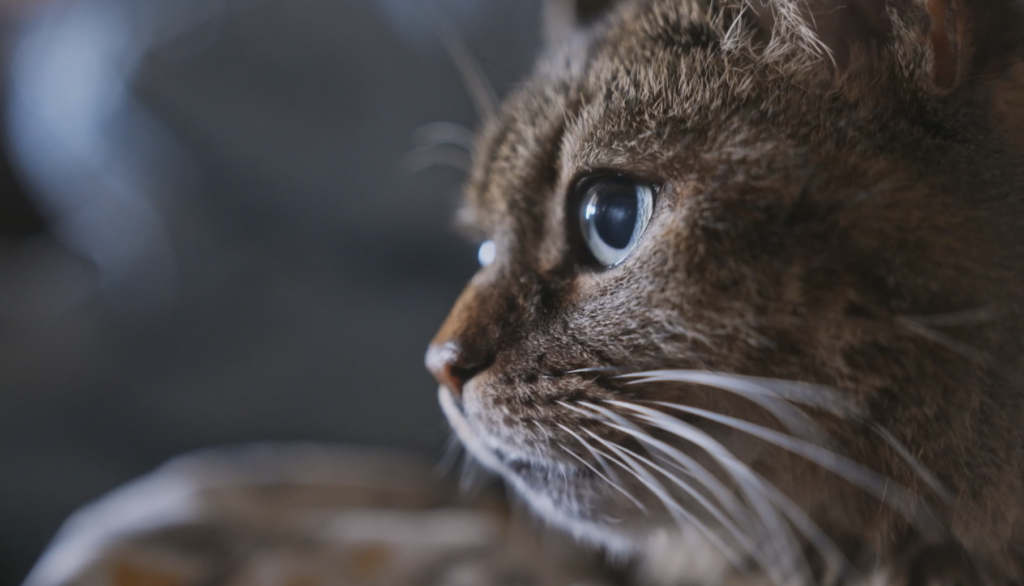
Also, if you are a fan of cats and dogs–there are a few of the most adorable furry friends ever in this episode.
The Rating and Where to Watch
After watching the first episode, I can’t wait for the rest! I’m sure to check it out when they drop every Friday in September! Won’t you join me? 🙂
See what all the rave reviews are about (5/5 Cthulhu!) and see why we call the T+E Channel the Blumhouse of TV and catch the free preview on T+E Channel from Sept 2 to Nov 3 – your gateway to the supernatural! Tune in and share the thrills with #MyHauntedHometown and #TEonTV. Are you brave enough to watch?
 (5 / 5)
(5 / 5)
Gaming
🎮 Eldritch Automata: Exclusive GenCon 2024 Reveal with Nick Francia!
Step into the mind-bending world of Eldritch Automata as we sit down with Game Designer Nick Francia at GenCon 2024!
Uncover the secrets behind this Lovecraftian mecha-masterpiece and get a glimpse of what’s to come.
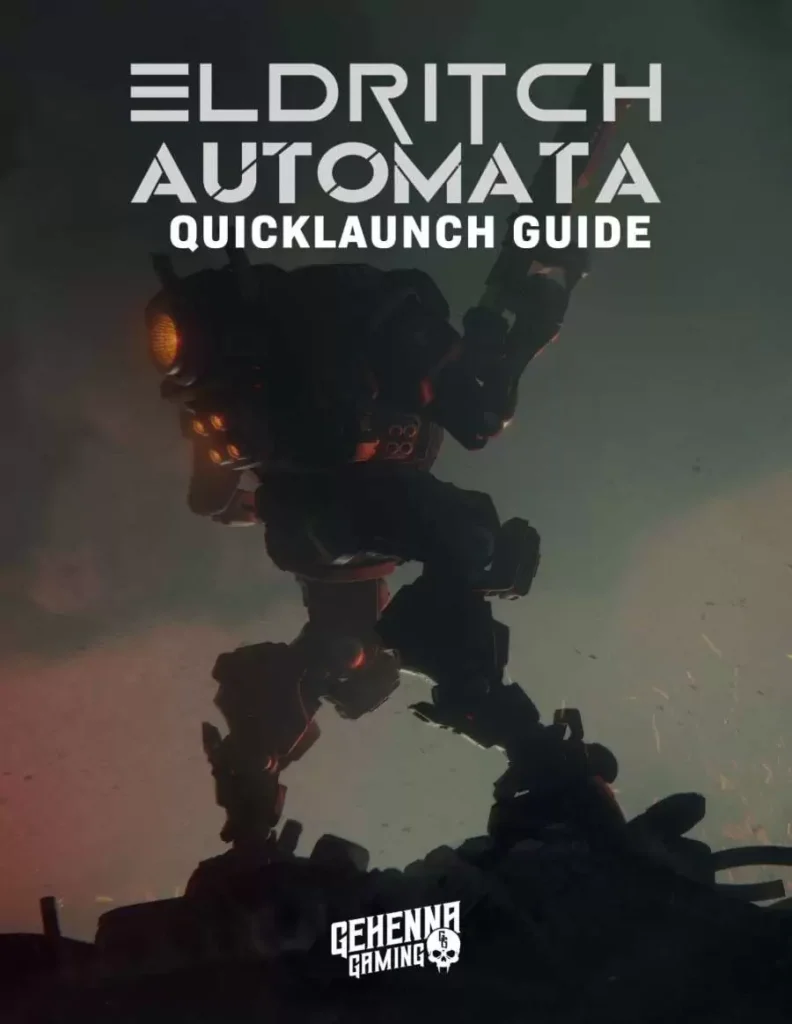
In this exclusive interview, Nick Francia shares:
• The intricate game development process • Inspirations behind the eerie Lovecraftian elements
• Unique mecha-infused gameplay mechanics Calling all Lovecraft fans! Dive into a world where eldritch horrors meet steam-powered marvels.
Eldritch Automata promises an unforgettable gaming experience that will keep you on the edge of your seat.
👉 Ready to embrace the madness? Check out our playable demo at a con near you! #EldritchAutomata #GenCon2024 #LovecraftianGaming #IndieGameDev
Gaming
Interview with Creative Director Michael Highland: Let’s! Revolution! @ PAX
Another game I had the chance to play at PAX East was, Let’s! Revolution!, a Minesweeper-inspired roguelite puzzle game by animation (and now game) studio, BUCK. I talk more about the game itself in another post. Here, I wanted to highlight the conversation I had with Michael Highland, the Creative Director for Let’s! Revolution! and his journey through video game development.
How did you become involved in video game development?
I studied digital media design in college; this was before there were many programs dedicated to game development. After graduating, I self-published a mobile game called Hipster City Cycle with friends. Over the next few years, I slowly got more freelance work as a game designer, and eventually landed a full-time role at thatgamecompany working on the follow-up to their 2012 GOTY Journey. I worked my way up there and was eventually the Lead Designer on Sky: Children of the Light. Working at thatgamecompany opened a lot of doors professionally. I eventually wound up at BUCK, where I saw the opportunity to help establish a new game studio within a very vibrant existing creative culture.
What has been the most challenging aspect of the development process?
Each studio has its own unique issues based on the people involved. There are commonalities like the need to fight feature creep and building consensus around ideas early in the process when all you have is an abstract grey box prototype to react to. At BUCK the biggest challenge has been channeling the abundance of creative energy and talent into a shippable product. There’s a ton of enthusiasm for games within the company, and without clear product-centric goals (who is the target audience, what platform are we releasing on, what’s the marketing strategy), projects have the tendency to spiral out of scope. Another challenge has been building credibility with publishers. BUCK has an amazing pedigree for animation and design, maybe the best in the world, but when we initially pitched ideas to publishers, they all said the same thing: looks great, but until you’ve shipped a game, you’re too high-risk. That’s what led to us self-publishing Let’s! Revolution! Now that we have a well-reviewed game out in the wild, I feel confident we’ll have more luck with publishers.
BUCK primarily has its roots in animation, what led the decision to start branching into video game development?
It started with a general excitement about the medium and a desire among the staff to work on a game. Leadership at BUCK is all about providing the staff with exciting creative opportunities, and getting to work on a game, is, for some, a creative dream come true. And putting BUCK content out in the world is a point of pride and a boost to morale. From a business perspective, the fact we can staff out game projects with the top animation and design talent in the world is a huge advantage. We’re already starting to see new opportunities for the service side of the business based on the success of Let’s! Revolution!
The art, unsurprisingly, is delightful. What were some of the priorities during the character design process and how did those influence the final hero designs?
Our Art Director Emily Suvanvej really led the charge on the look of the game. There are obvious influences like Studio Ghibli, Moebius, and Steven Universe. My shared goal with Emily was to make something together that reflected the diversity of the team’s artistic and lived experiences. The artists put so much love into the character designs and animation, it really shows.
Some of the primary game mechanics take inspiration from Minesweeper, what was the process like to create your own interpretation of those classic mechanics?
This article goes into depth on this topic. The TLDR is that we took a very iterative approach, at each stage trying to identify what was working about the prototype and lean into that. The initial game concept came together relatively quickly in part because our goal for this project was just to finish a game. We just focused on what was good and kept building on it. I wouldn’t say the final game is “perfect” – but we wound up with a much bigger and higher quality experience than I expected by not letting perfectionism get in the way of making good better.
Is there anything else you would like to plug or that you think is important for people to know about Let’s! Revolution! or other upcoming projects?
The music and sound design for the game is stellar. We worked with a creative audio company called Antfood and they knocked it out of the park. The audio got an honorable mention from IGF, which I think is extra impressive because most of the other games were audio-centric titles with some unusual hook to the sound design. For the OST, Antfood reworked all of the music from the game into a continuous flow, like a concept album. It’s so good. I love working with them.


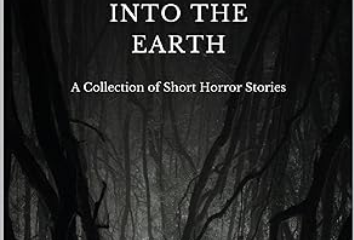

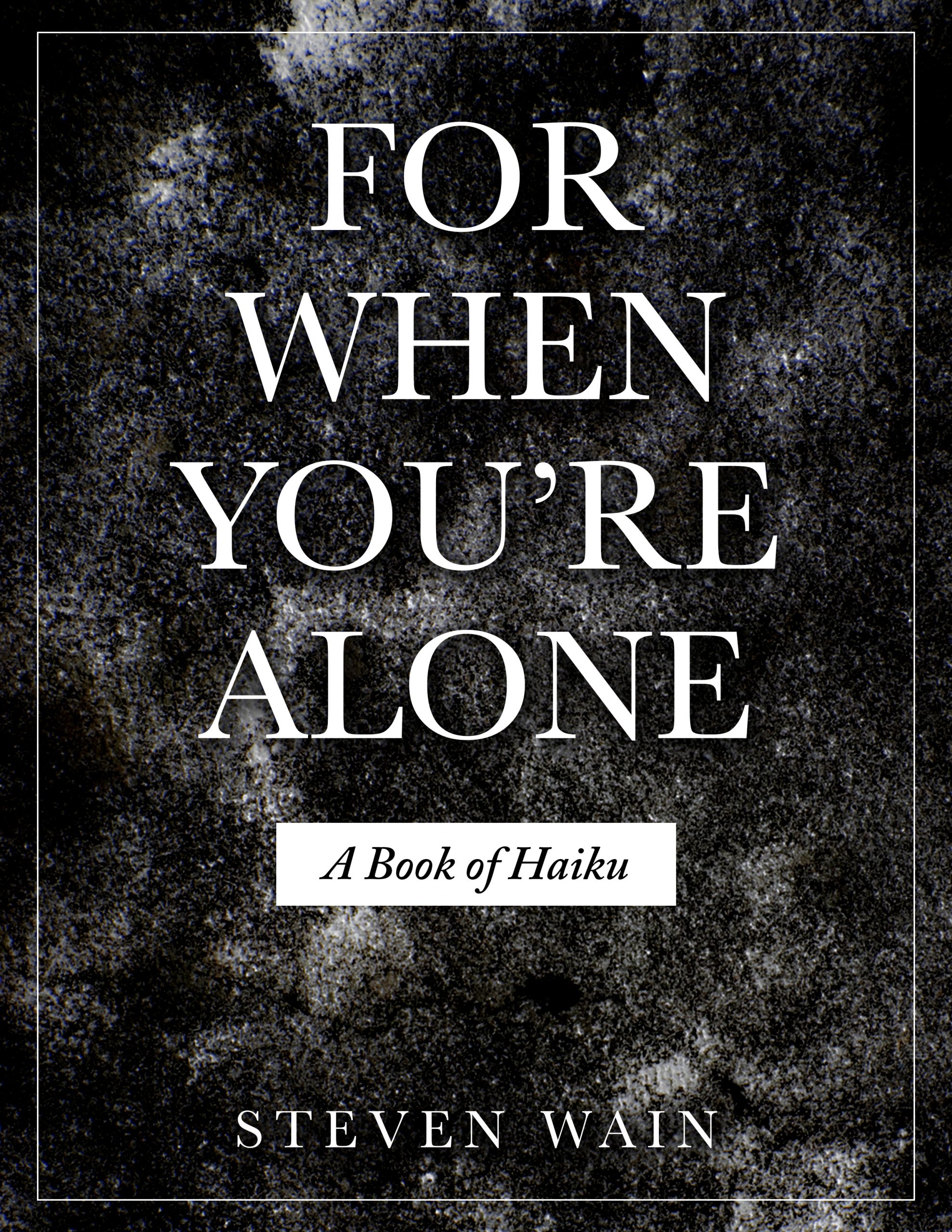
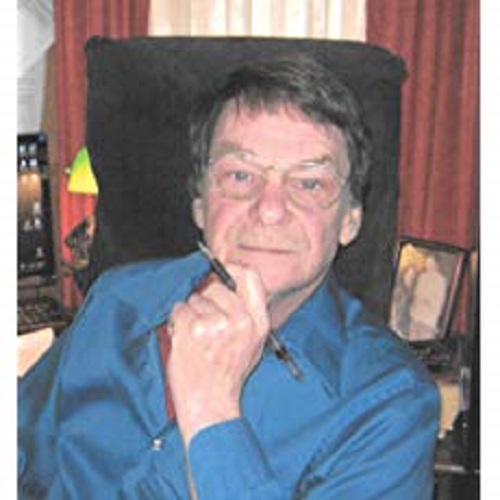
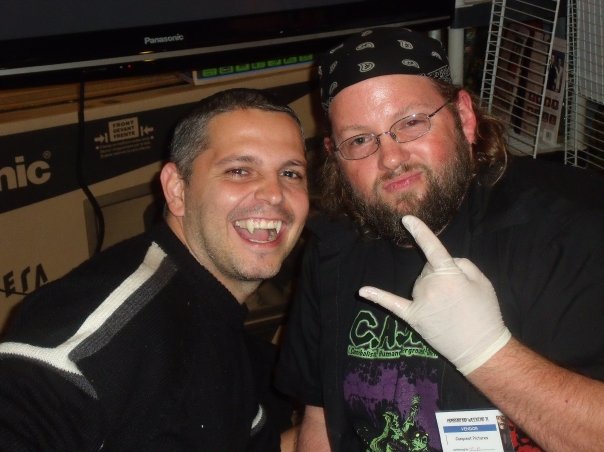
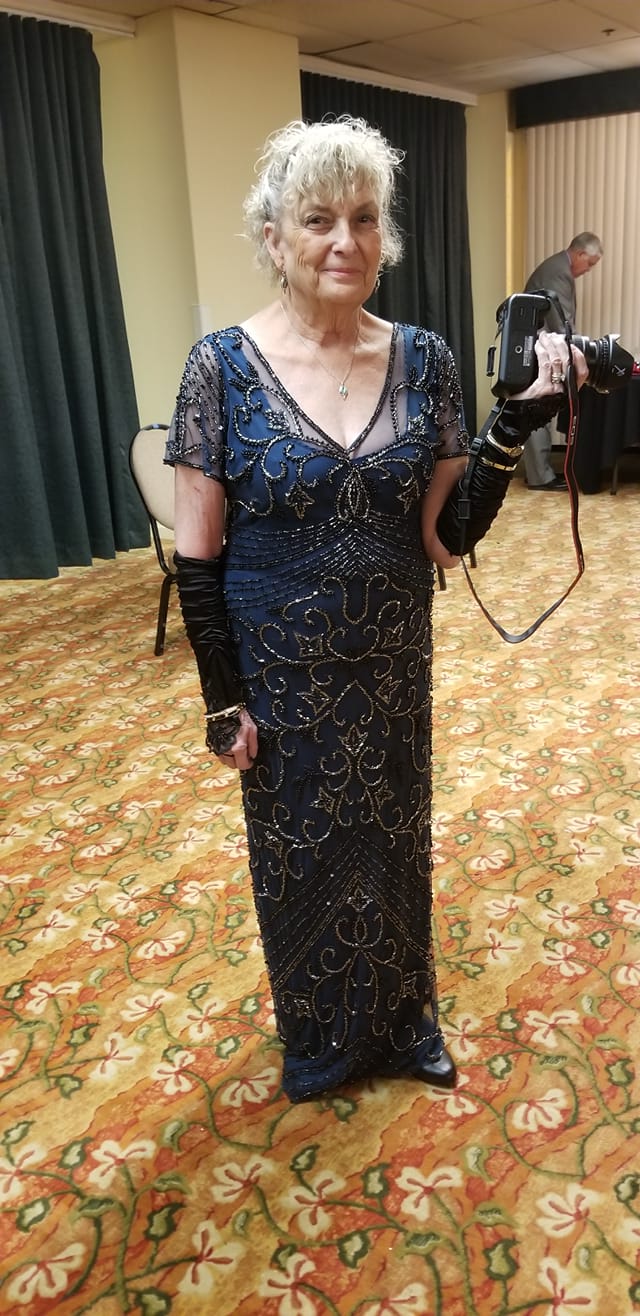
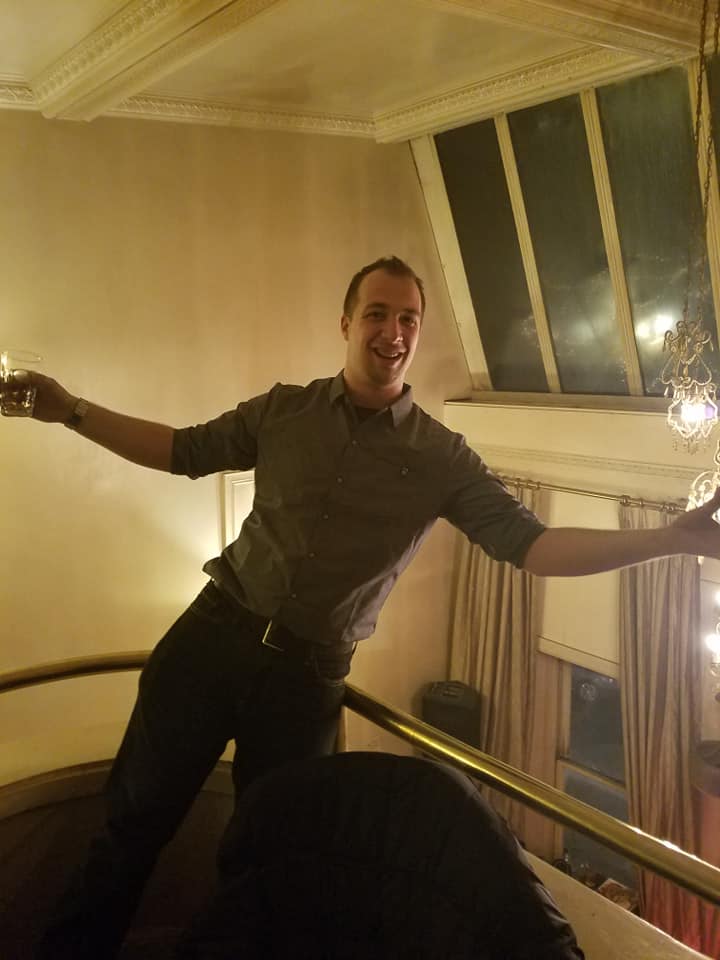
Pingback: 2020 in Review | cmsaunders